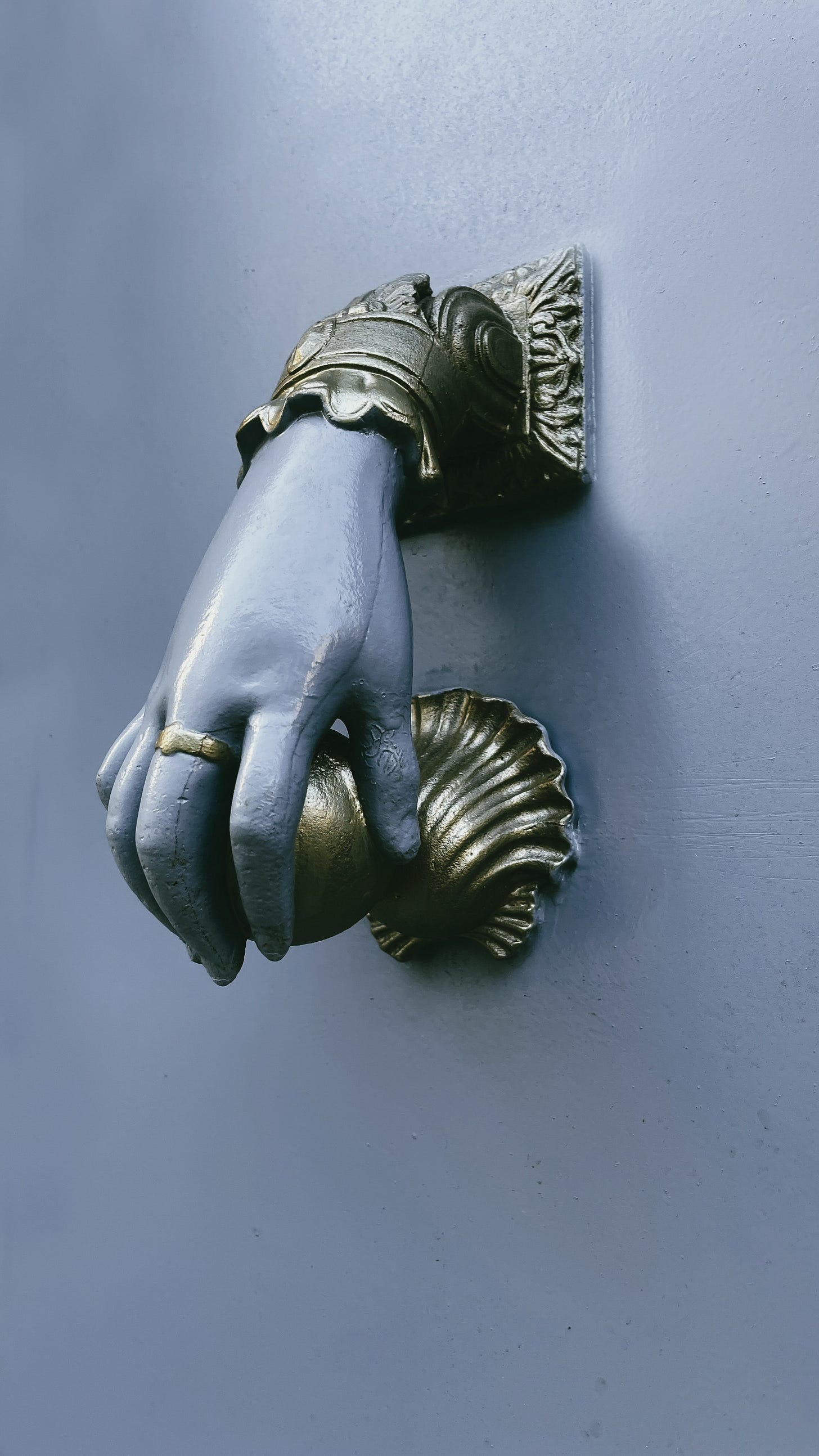Free Yourself from Over-Explaining
“Lend your ears to music, open your eyes to painting, and…"

Have you ever felt like you have this reflex of over-explaining? And if not yourself, perhaps, consciously or not, you analyse the lives of those around you…
See your response.
Again, you’re attempting to explain it in so much detail. Then, as if you need to prove it, and there’s some emotional forensics, somebody will evaluate and accept or deny your reality.
You need to prove it for you to be able to hold onto it. Most people know that over-explaining is a trauma response. Unfortunately, we see it everywhere, don’t we?
Perhaps the most common human mistake is a desire to ‘understand it all’. First, we usually see what others struggle with and what patterns they fall into. Then, we hopefully move (with more difficulty, of course) to observe ourselves, our reactions, reflexes, and responses.
Unfortunately, beliefs fuel all of our body discomforts, which can cause us to act in ways we don’t want to.
Trying not to overexplain is using sheer willpower.
Working through over-explaining is all about changing your beliefs.
Fortunately, we can heal, we can change our beliefs, but time will not do it.
It’s not something that happens without our effort. We have to do our part. It’s challenging, but it is worth it!
But once we tackle one wound and focus on the work, we don’t want to constantly stare at it, comparing its healing to yesterday’s state, do we?
Wassily Kandinsky, a major artist of the twentieth-century avant-garde, gave the following advice for viewing art: “Lend your ears to music, open your eyes to painting, and… stop thinking! Just ask yourself whether the work has enabled you to ‘walk about’ into a hitherto unknown world. If the answer is yes, what more do you want?”
Just as with art, the true value of life lies not in how well we can explain or understand it, but in how deeply we ENJOY IT (even if it is unfamiliar emotional or imaginative territory that we walk into at first). When a painting, a poem, a film — or even a fleeting moment — opens the door to another world within us, that experience is already enough. Why don’t we just walk into experiencing life in a different way but instead demand more than awe, curiosity, or quiet transformation?…
…It might be because factual certainty feels safer than ‘walking about’. To explain is to pin things down, to make them manageable. Walking about, by contrast, is fluid and open-ended. It doesn’t promise resolution or recognition. But healing — the real kind — often begins in that space of uncertainty, where we let go of the need to have every emotion labelled, every impulse justified, every response rationalised.
Over-explaining is more than just a trauma response; it’s also an emotional survival tactic. It becomes a way to anticipate rejection, to minimise misunderstanding before it even happens, and somehow earn the right to our own experience. It’s the inner child who was never believed trying to leave no room for doubt now.
So what would it look like to stop explaining so much? To speak from the heart, not the courtroom? To stop playing both the defendant and the prosecutor in our own story?
This is where reflection turns to practice. Because the antidote to over-explaining is not silence — it’s self-trust. It’s learning to sit in the discomfort of being misunderstood without rushing to fix it. It’s letting someone else’s doubt live outside of you instead of taking it in like poison and trying to neutralise it with justifications. This isn’t easy. It’s a muscle. And like all muscles, it strengthens through gentle repetition, not force.
One fascinating psychological perspective comes from Internal Family Systems (IFS) therapy, which suggests we all have inner “parts” — some that try to protect, others that carry pain, and some that want to lead with clarity and compassion. The over-explainer is often a protective part. It jumps in to protect the more vulnerable parts of us that fear being dismissed, abandoned, or unseen. By acknowledging and even thanking this part for trying to protect us, we can start to relate to it differently. We don’t need to exile it — but we also don’t need to let it run the whole show.
Of course, none of this is about perfection. Some days, we will still explain ourselves too much. But the goal isn’t to never overexplain again. The goal is to notice when we are, understand why, and then lovingly guide ourselves back to our centre.
The task at hand is to stay present with ourselves, to savour the moment. As Kandinsky might say, when life opens the door to a new emotional landscape, maybe the best thing we can do is walk in .
Life isn’t a thesis. It’s a poem, a loving gift.
“Life loves to be taken by the lapel and be told, ‘I am with you kid. Let’s go!”
— Maya Angelou

If you have just joined me, you might want to check out some of my work outside of Substack:

